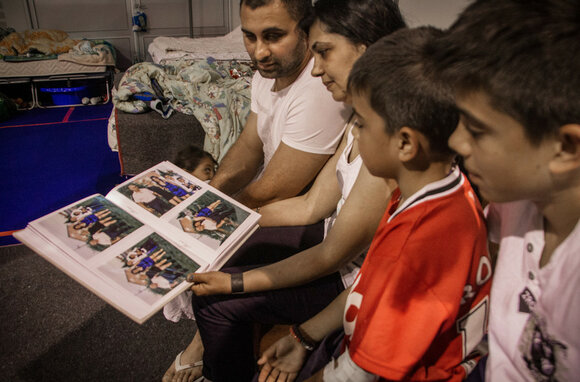
This page contains documents and other resources related to children's care in Europe. Browse resources by region, country, or category.
This page contains documents and other resources related to children's care in Europe. Browse resources by region, country, or category.
Displaying 2711 - 2720 of 3444
The purpose of this paper is to map the current organisation and implementation of children’s services in three regions of Spain, to identify strengths and gaps and to suggest proposals for improvement in line with European recommendations.
Establishing the context of this study of adoptive parenthood and open adoption, MacDonald describes the legal, policy, and social frameworks that shape the experience of adoptive parenthood. The role of adoption in child welfare policy is identified, specifically in the UK and USA where it provides permanence for significant numbers of children in State care.
This report from Research in Practice examines the wellbeing of children in care in the UK and the approaches to measuring wellbeing.
Save the date for Eurochild's conference Children’s Rights Matter: Why Europe needs to invest in children on 5-7 July 2016 in Brussels, Belgium. This conference aims to promote the understanding of children’s rights as a cornerstone to the development of equitable, healthy and prosperous societies.
This analysis was produced as part of an independent review into children's residential care in England and provides data on children living in all types of residential care facilities in the country as of 31 March 2015.
On 28 October 2015 the Prime Minister of the UK told the House of Commons that he and the Secretary of State for Education had commissioned Sir Martin Narey to review residential care for children in England.
This briefing is based on a rapid assessment of the available evidence relevant to CSE prevention education. It brings together key messages from research and evaluation about what works to prevent sexual exploitation and promote healthy relationships.
This talk by Lucy Hurst-Brown from BBC Radio 4's, Four Thought series discusses the institutionalization, segregation, and isolation of people with disabilities, including young people, and its effects.
The aim of this event is to draw on lived-experience to inform the development of sensitive and inclusive safeguarding practices that respond appropriately to the diverse needs of children who live with parents who have mental health problems.
This paper presents findings from a doctoral project that explored the experiences of young people growing up in foster care in the United Kingdom.